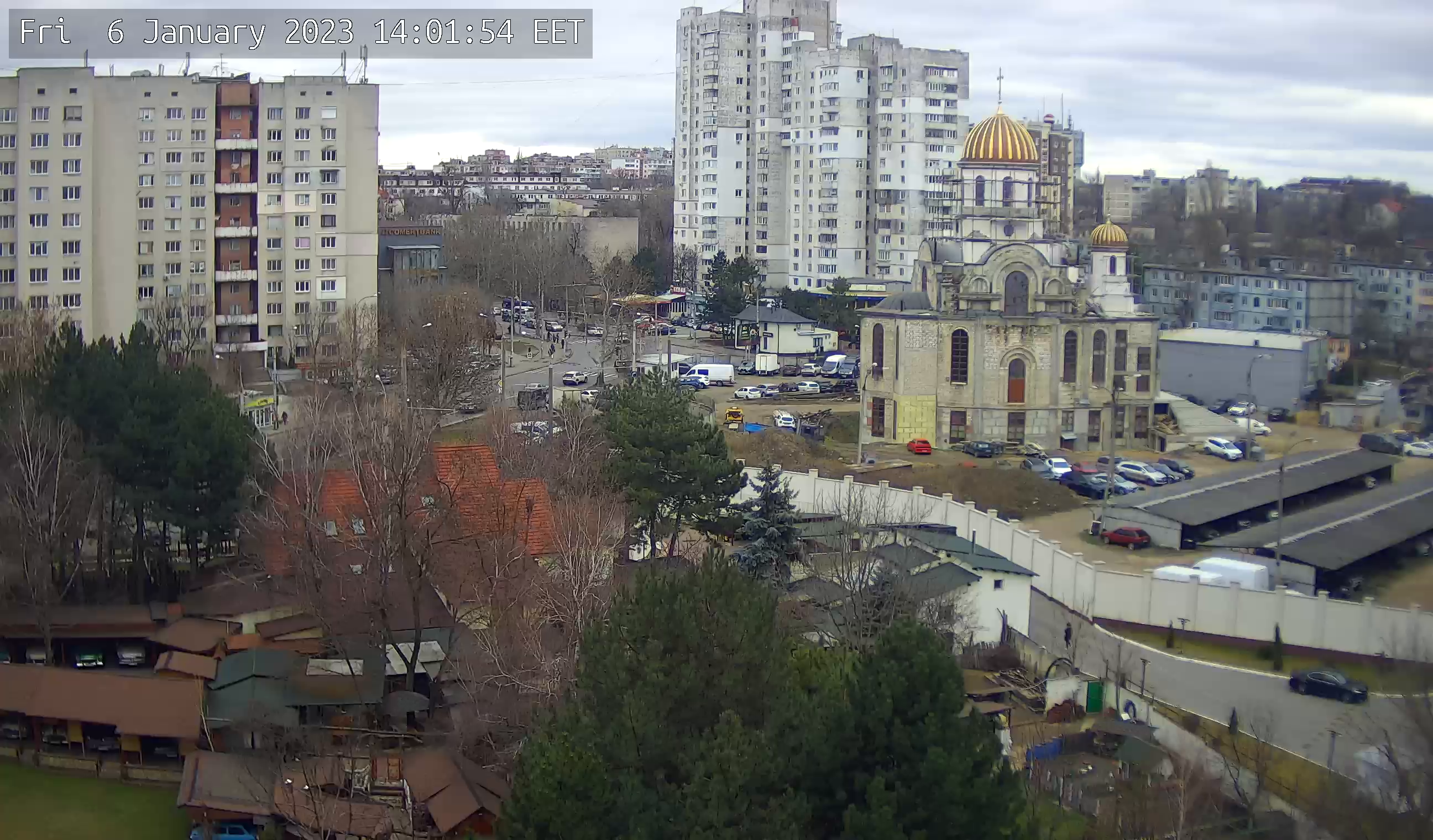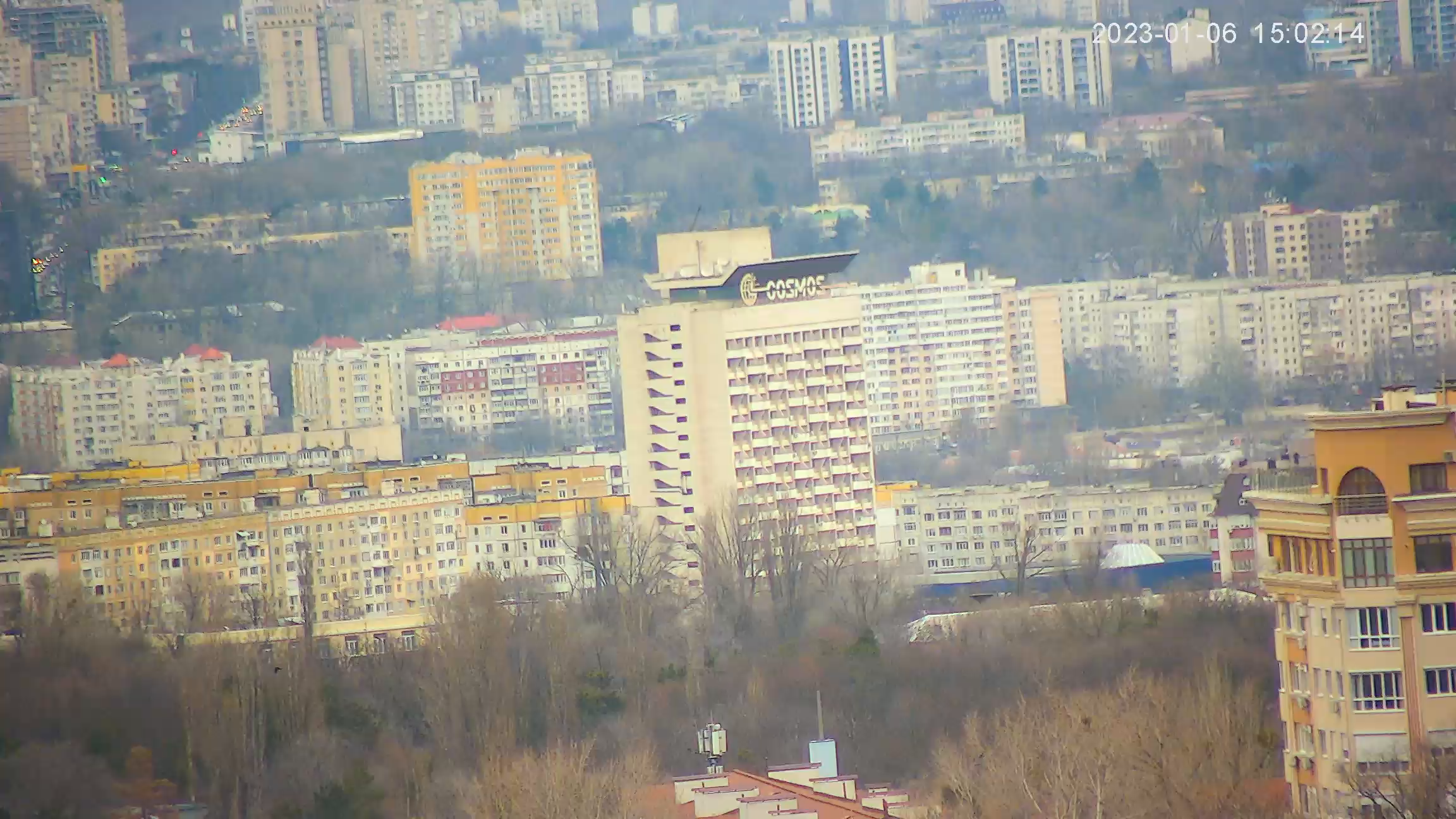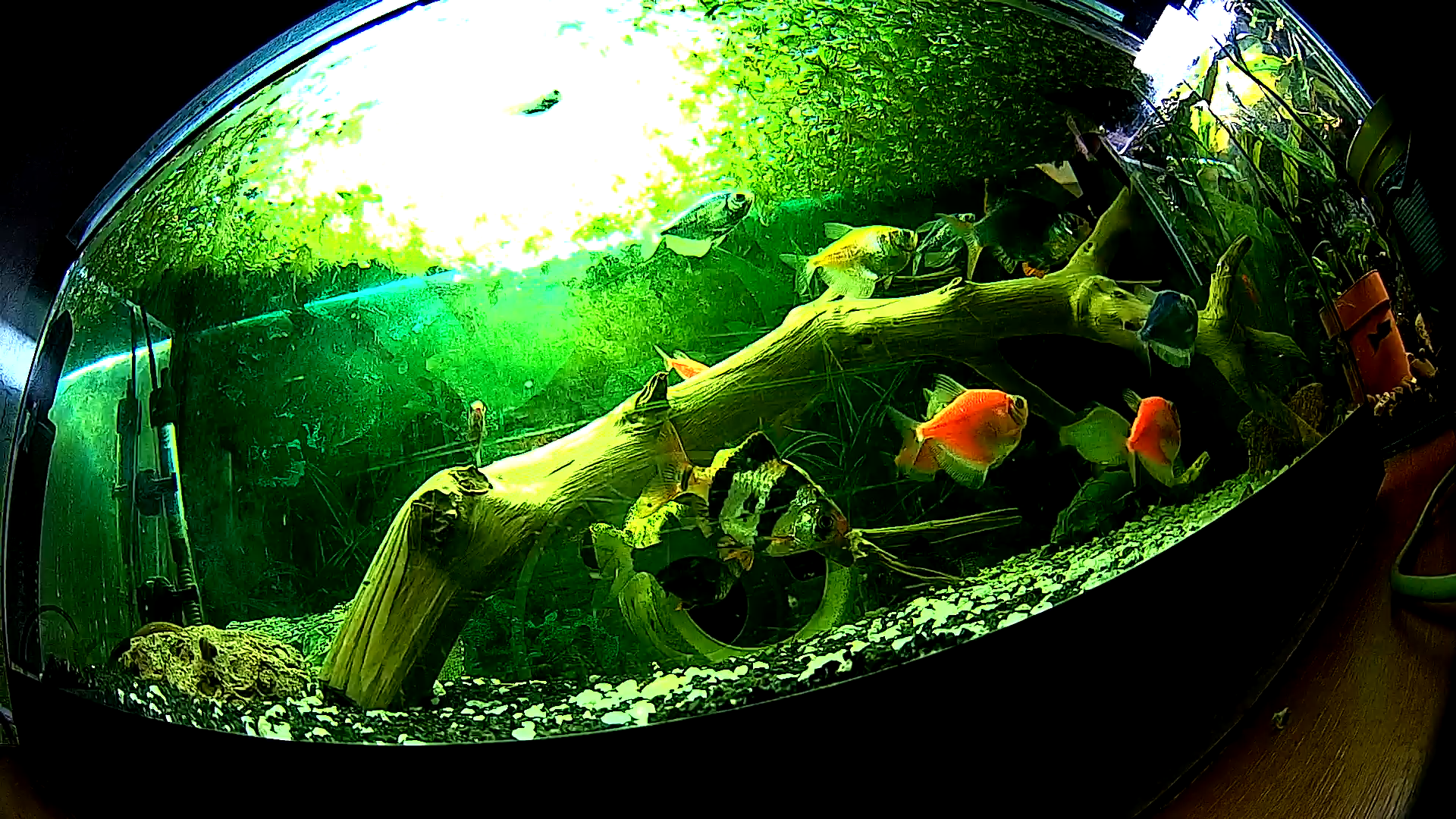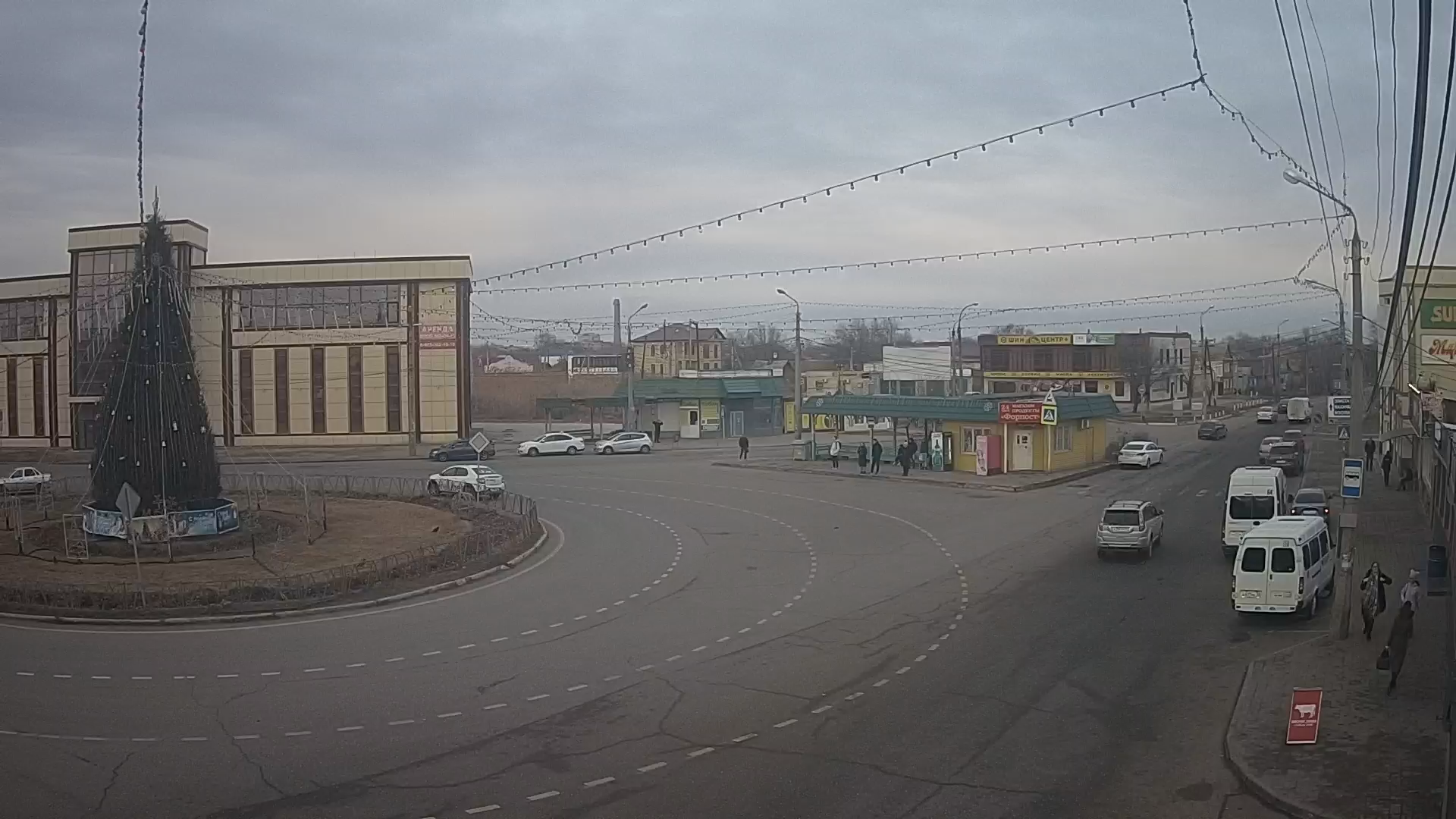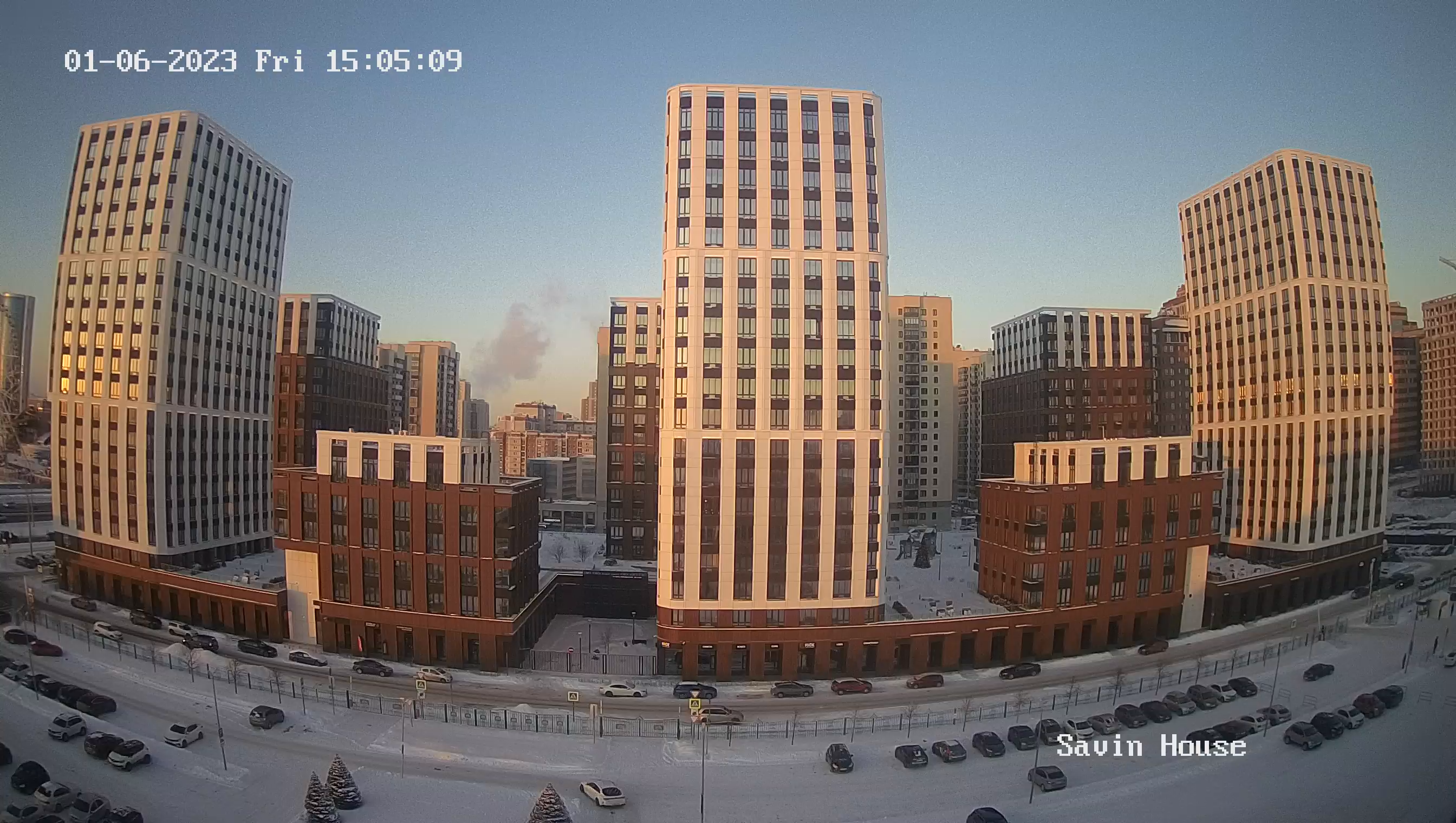Webcam Keszthely. Main square, Holy Trinity Column
Keszthely is a small town on the southwest shore of Lake Balaton with a population of 20 thousand people. Many tourists from Hungary, Austria and other European countries come here, so there are plenty of hotels and apartments. Keszthely combines the aura of a cozy town with the vastness of Balaton - there is even its own pier for recreational and regular ships.
Keszthely first appeared in written sources in 1247, after Hungarian rule had been established in the region. By that time the kingdom had survived a devastating Mongol invasion and was restored. Bela IV contributed to this. Not surprisingly, both archives and history developed.
Excavations and circumstantial evidence show that people lived in southwest Balaton much earlier. As throughout Europe, Roman settlement camps were being built at the beginning of our era. People from the province of Pannonia, almost completely destroyed by the barbarians, settled in the area of the lake. Sights in Keszthely from Roman times did not come down to us, but the city itself is really quite old. Keszthely received the status of the city only in 1421.
Modern Keszthely attracts tourists with old and well-preserved houses, narrow streets, beaches and various festivals.
The Main Square has several beautiful buildings and is a very pleasant place with fountains, sculptures, and benches.
The oldest building in the city is the Franciscan church, which dates back to 1386! The temple was rebuilt several times, and during the Turkish rule even turned it into a fortress. In 1880, a bell tower was added, also in Gothic style.
Nearby the building of the gymnasium is closely adjoined. It belongs to the most beautiful sights of Keszthely. The first gymnasium was opened by the Festetics family in 1772, but the modern building was built only at the end of the XIX century.
And on the square is the column of the Holy Trinity - there are many similar monuments throughout Europe, they were built as a gratitude for the deliverance from the epidemic of plague.

